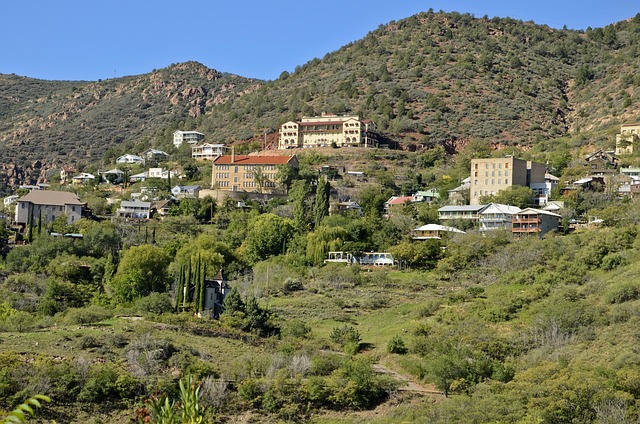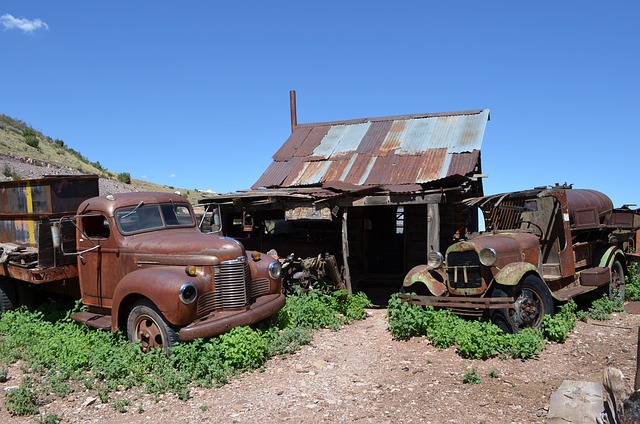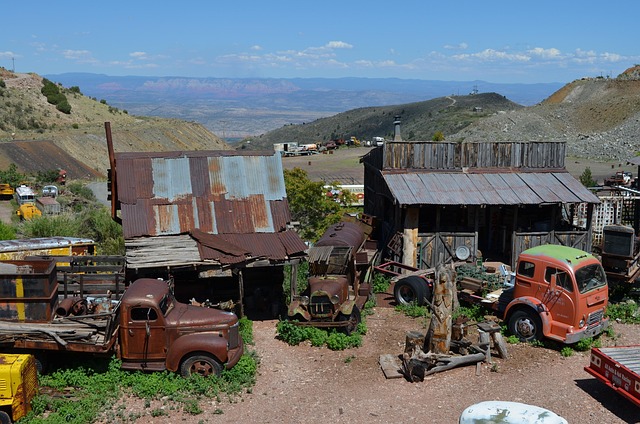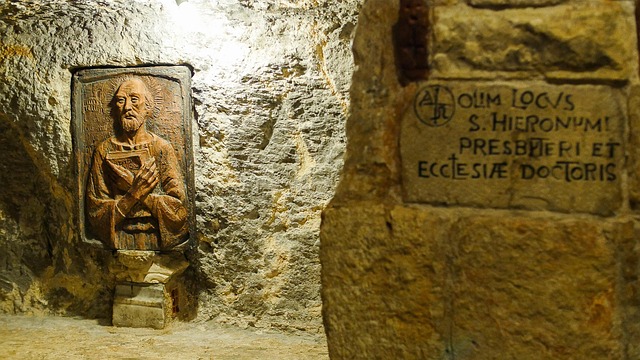Arizona's Ghost Cities represent a fascinating blend of history and real estate potential. Once bustling mining settlements during the 1800s gold rush, these abandoned towns now attract investors and history enthusiasts drawn by their historic buildings and affordable land. With careful development, these ghost cities could be revitalized, offering rural retreats, urban alternatives, and tourist attractions while yielding significant investment returns.
“Discover the enchanting yet eerie remnants of Arizona’s Ghost City, a once-thriving settlement now shrouded in history. This article unravels the captivating story behind its decline, exploring the intertwined threads of economic shifts and real estate dynamics. From the city’s golden era to its current state, we delve into the market trends that have shaped its unique real estate landscape. Uncover the potential hidden gems and future investment prospects in this fascinating ghost town.”
The History of Arizona's Ghost City and Its Real Estate Legacy

Arizona’s Ghost City, a once-thriving settlement, now lies silent and abandoned, leaving behind a fascinating tale and a unique real estate legacy. This historic location was established during the late 1800s when a gold rush attracted prospectors and settlers to the region. The city quickly became a bustling hub with vibrant mining operations, lively saloons, and a thriving community. However, fortune shifted, and within decades, the mines played out, leading to the city’s gradual decline.
The ghost town’s real estate remains an intriguing aspect for historians and enthusiasts alike. Many original buildings still stand, showcasing the architectural styles of the era. These structures, once homes, businesses, and public halls, now offer a glimpse into Arizona’s past. Today, these historic properties are sought after by collectors and investors, who recognize their value as pieces of living history. The real estate market in this ghost city attracts those interested in preserving and revitalizing this unique part of American heritage.
Exploring the Economic Factors and Market Trends in the Ghost Town

The economic factors shaping Arizona’s ghost towns offer an intriguing glimpse into the past and present dynamics of these once-thriving communities. Declining populations and changing market trends have significantly impacted real estate values in these areas, making them attractive yet challenging investments. Over time, as people moved away, properties became abandoned, leading to a unique opportunity for those seeking affordable or historic homes.
The ghost towns’ real estate market presents a blend of potential and peculiarities. While some structures stand as reminders of their former glory, others require substantial renovation. This has attracted investors and developers who recognize the value in rehabilitating these properties for modern uses. Market trends indicate that with proper development and marketing strategies, ghost town real estate can cater to diverse buyer profiles, from those seeking rural retreats to urban pioneers looking for a unique lifestyle change.
A Deep Dive into the Current State and Future Prospects for Investment

Despite its ghost town reputation, Arizona’s so-called “Ghost City” holds potential for real estate investors seeking unique opportunities. The current state of these abandoned towns offers a glimpse into a bygone era, with historic buildings and landscapes that could be revitalized. Many properties are available at attractive prices, presenting an intriguing prospect for those interested in restoring these areas to their former glory or developing them for new purposes.
The future prospects for investment in these ghost cities are promising. With careful planning and sustainable development strategies, these towns can experience a renaissance. Revitalization projects could attract tourists, create local businesses, and foster a sense of community. Real estate investors have the chance to contribute to this transformation, making a positive impact while potentially achieving significant returns.






